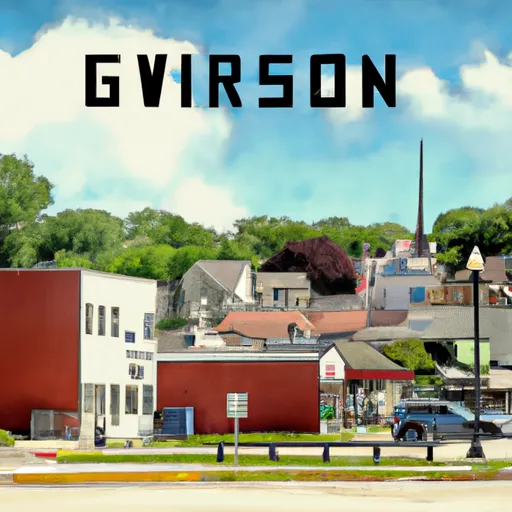°F
°F
mph
Windspeed
%
Humidity











Granton, Wisconsin is a small village in Clark County with a humid continental climate characterized by cold winters and warm summers. The village is surrounded by several water bodies including Wedges Creek, Wedges Lake, and the Black River, which provide hydrology constituents for the area. Outdoor recreation opportunities in Granton include fishing, hunting, and camping in the nearby Clark County Forest, which covers over 130,000 acres. Visitors can also explore the nearby Mead Wildlife Area, a 33,000-acre property known for its diverse wildlife and bird-watching opportunities. The area is also home to several trails, including the Black River State Trail and the Ice Age National Scenic Trail, offering hiking, biking, and cross-country skiing opportunities throughout the year.
Weather Forecast
Granton receives approximately 831mm of rain per year, with humidity levels near 82% and air temperatures averaging around 7°C. Granton has a plant hardyness factor of 4, meaning plants and agriculture in this region thrive during a short period during spring and early summer. Most plants will die off during the colder winter months.
Regional Streamflow Levels
181
Cubic Feet Per Second
586
Cubic Feet Per Second
5
Cubic Feet Per Second
61
Cubic Feet Per Second
Nearby Camping
| Camping Area | Reservations | Toilets | Showers |
|---|---|---|---|
| Pere Marquette State Park | |||
| St. Peters 370 Lakeside Park | |||
| Lake Lincoln State Park | |||
| Mississippi Petrified Forest | |||
| Bogue Chitto Water Park | |||
| Greenville - Lake Wappapello |



